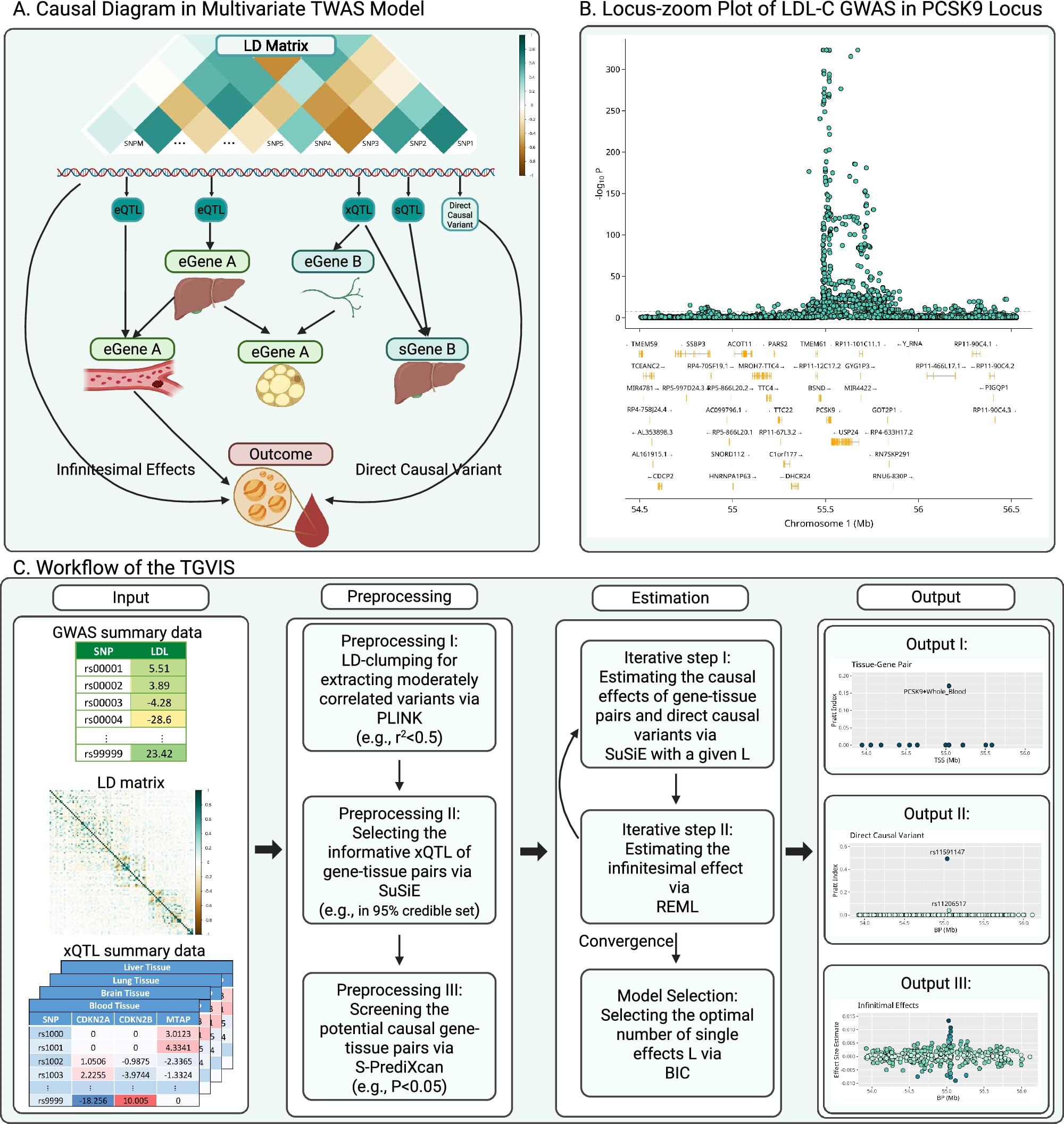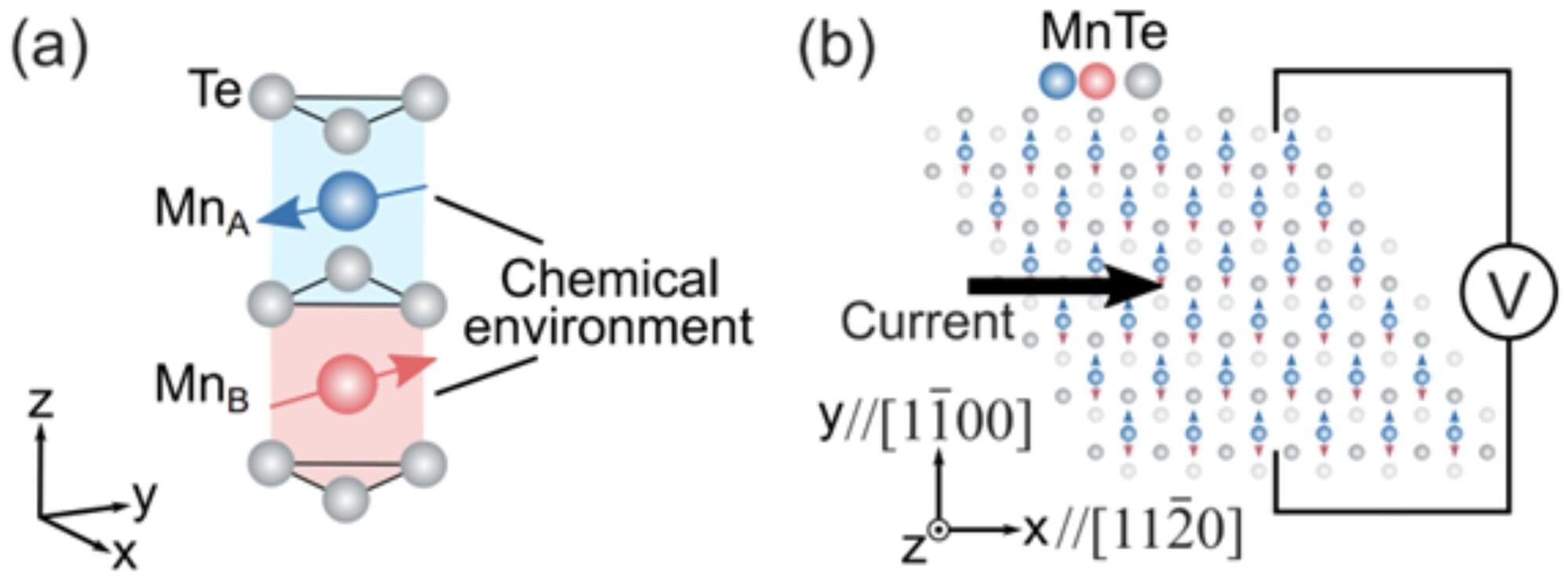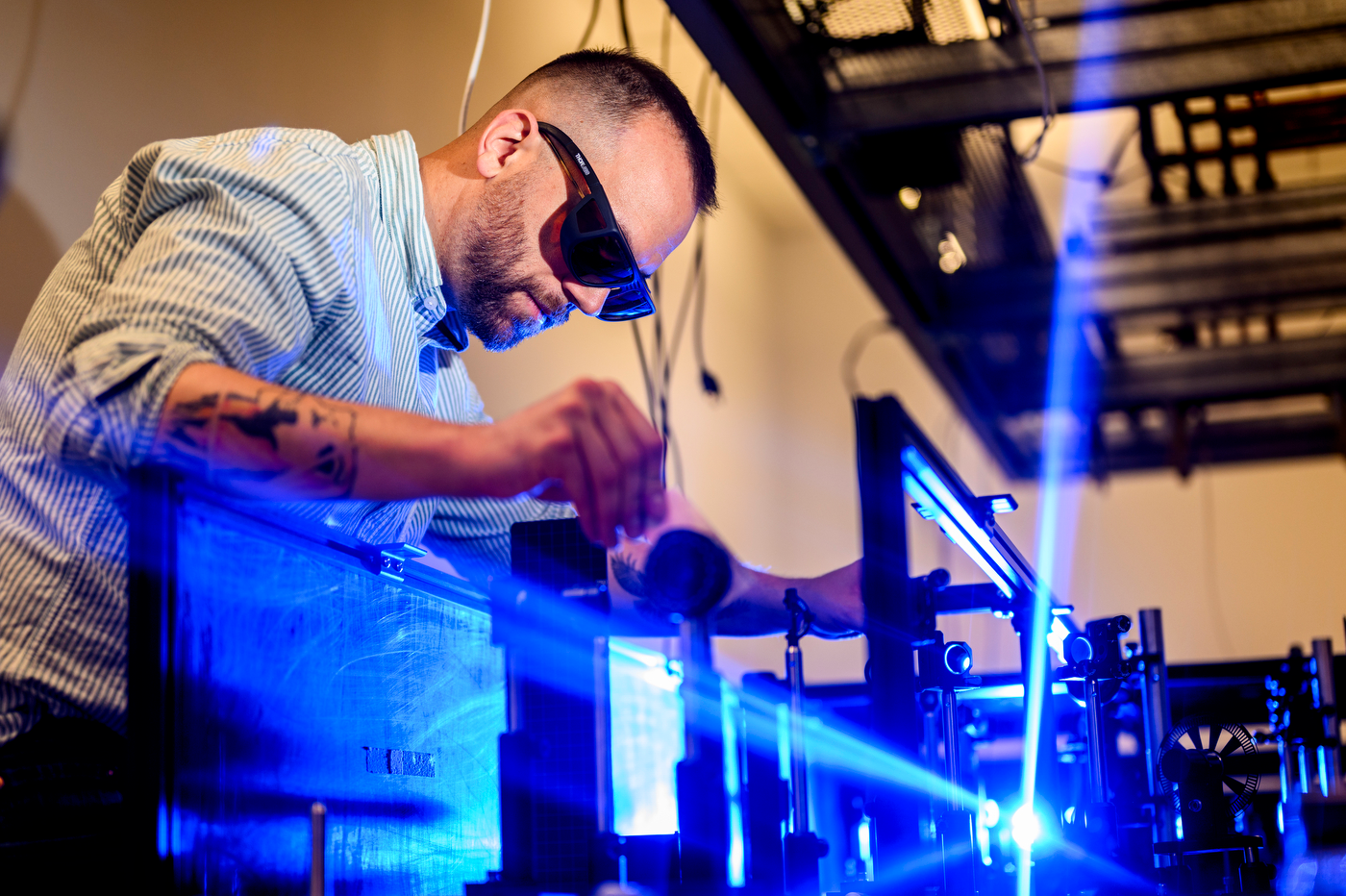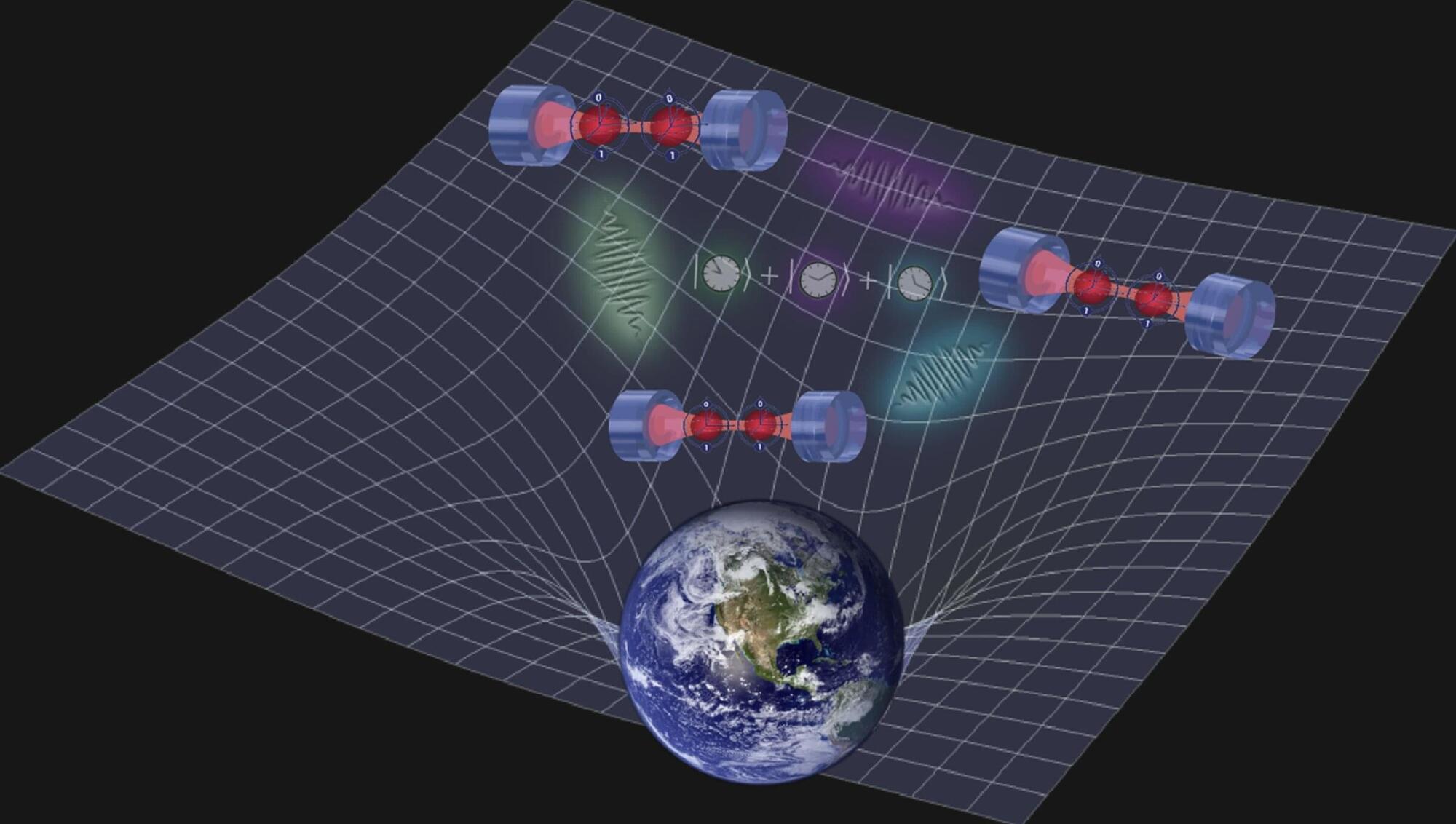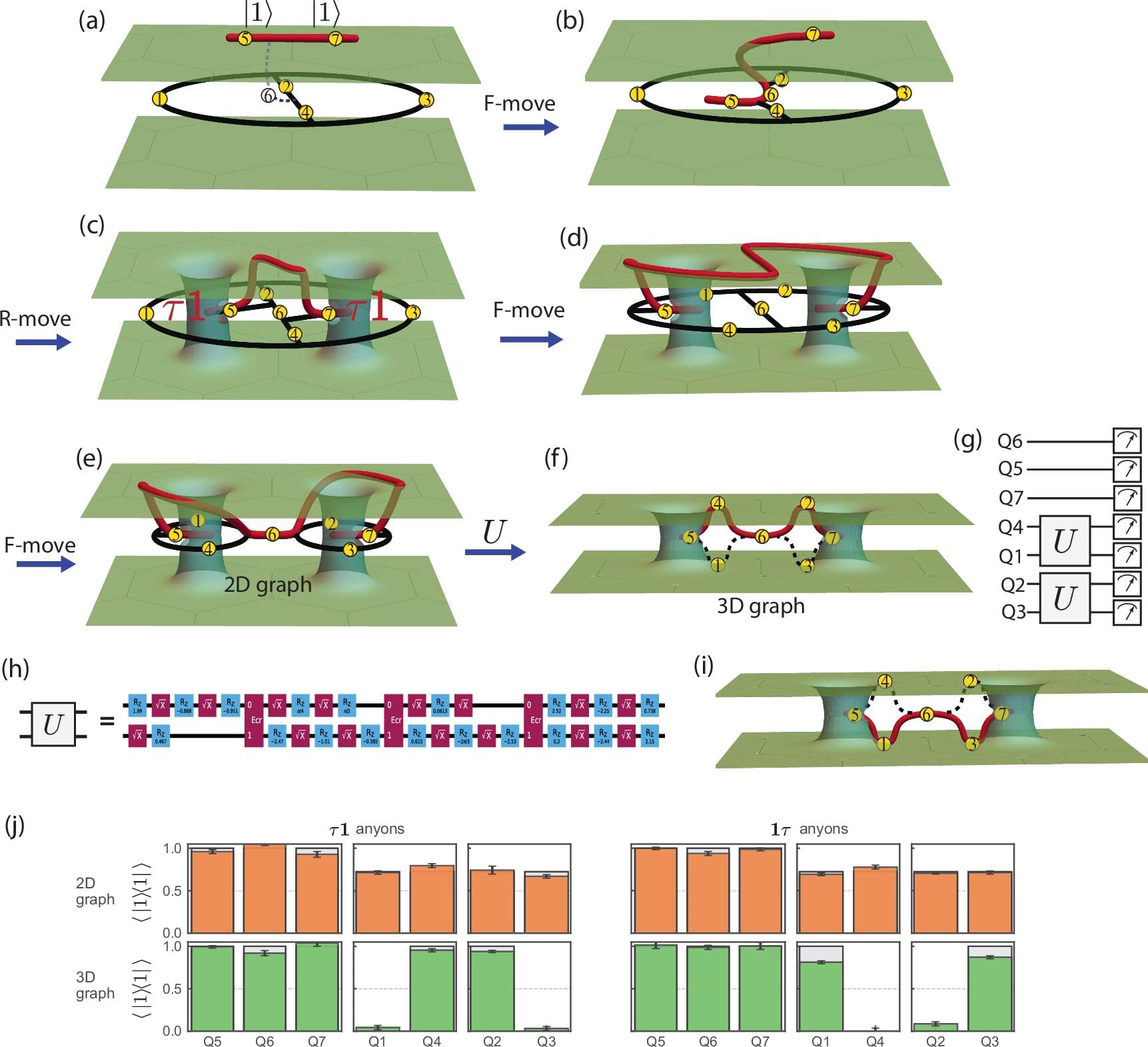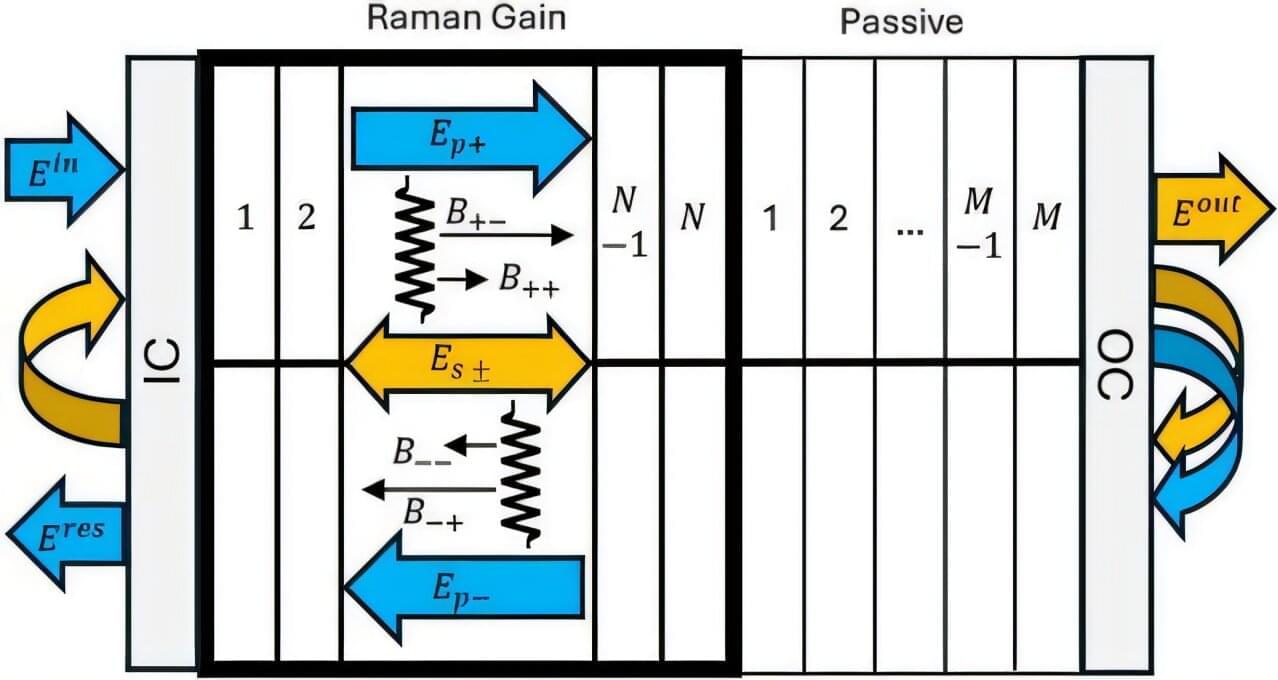The ability to switch magnetism, or, in other words, to change the orientation of a material’s magnetic moments, using only electricity, could open new opportunities for the efficient storage of data in hard drives and other magnetic memory devices. While the electrical switching of magnetism has been a long-sought-after research goal, it has so far proved to be difficult to realize.
Researchers at Southern University of Science and Technology (SUSTech) in China and Peking University, led by Prof. Haizhou Lu and Prof. X. C. Xie, recently demonstrated the electrical switching of a particular form of magnetism known as altermagnetism, which was first discovered in 2022.
Their paper, published in Physical Review Letters, could have important implications for the development of new technologies based on altermagnetic materials that can be controlled with electrical currents, without the need for external magnetic fields.

